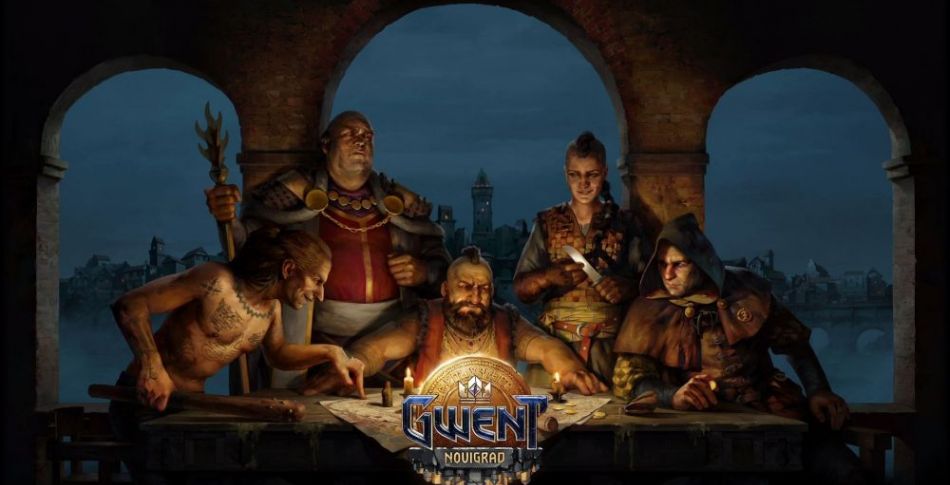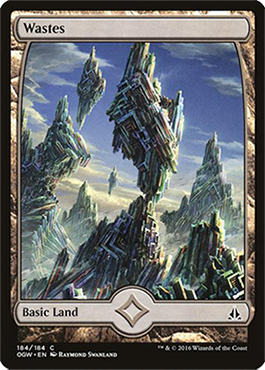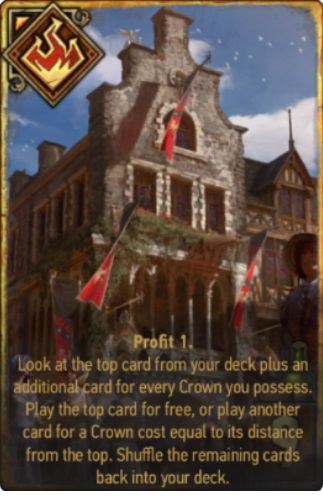
By lordgort, June 26, 2019

Not only is CD Projekt Red adding an entirely new faction to Gwent, it is adding a new resource to the game at the same time. Either one would be a major undertaking for any collectable card game, paper or digital. Doing both simultaneously is a staggering challenge.

The Novigrad Expansion's Bold Gambles: The Syndicate and Crowns
Players from Gwent's early, experimental Closed Beta days may remember when Nilfgaard became Gwent's fifth faction. The new Syndicate faction arrives under far different circumstances, during the second expansion after Gwent's official release – and after the game's reinvention during Homecoming in Open Beta. What's more, the Syndicate adds an entirely new resource system to Gwent, Crowns, and a host of keywords relating to Crowns.
All this adds up to a pair of related gambles with the future of Gwent. Success would provide a path forward for continuous expansion of the game. Failure would create a crisis on par with the Midwinter expansion, but without the option of a Homecoming-like transformation to recover. And even if the Syndicate establishes itself as a distinct faction, its Crown-based resource system and related gameplay still could falter and ruin the attempt.
First Major Change: New Faction
Adding a faction to an existing game is a rare step with a mixed track record. In fact, on the competitive side, the foremost paper and digital games have taken half-measures toward it at best.
New Factions in Other Games
In paper, Magic: The Gathering has a system of five colors of mana (the game's primary resource system to restrict casting spells) plus colorless cards, with no limits on using multiple colors in a single deck. This system began with the game's first release and remains in place today. Magic has explored the possibility of adding a sixth color but never acted upon it. For the experimental "Time Spiral" block in the mid-2000s, Magic's designers looked into adding a sixth color but ultimately abandoned the attempt. In the mid-2010s, the "Oath of the Gatewatch" set experimented with spells that required colorless mana to cast and even introduced a new basic land to the game, the colorless-mana-producing Wastes, but colorless mana was part of the game from the start and the game has not revisited the space.
In digital, Hearthstone has a system of nine hero classes that lock players into using cards of that class plus neutral cards. Technically there is a tenth class, Death Knight, but the cards are non-collectible and there are no Death Knight heroes. Instead, a mere two cards from the "Knights of the Frozen Throne" expansion can add one of exactly seven Death Knight cards to a player's hand at random – hardly full support for a proper faction.

On the other hand, major games have pulled off factions successfully. Once the most widely played paper CCG in the world, Pokémon has added three new types of basic Energy over the years: Darkness energy, Metal energy, and Fairy energy. Legend of the Five Rings is famous for changing its factions or "clans" over the years in response to player-influenced storylines.

A New Faction's Two Greatest Needs
To implement a new faction successfully, a game's designers must give it two key elements. First, the new faction must have its own identity, expressed through both the mechanics of gameplay and lore elements such as card art and names. Second, the new faction must be balanced against existing factions, neither too weak nor too strong against them.
On the first count, the Syndicate succeeds admirably. The tight focus on Novigrad's Syndicate and its sleazy and criminal activities sets its lore apart from all other factions. As for gameplay, creating an entirely new resource system for the Syndicate, Crowns, certainly counts for making the faction play differently from the rest.
As for balancing the Syndicate relative to the other factions, only time, player efforts, and CD Projekt Red's reactions to the metagame that emerges can decide the question. And by creating an entirely new resource system for the Syndicate, the Gwent team is playing the balance game on hard mode.
Second Major Change: New Resource and Associated Mechanics
Adding a new resource system to an existing game creates significant risks. Returning to paper CCGs for an example, Magic: The Gathering introduced a supplementary resource system called energy for its "Kaladesh" block of 2016-2017. The energy system was a major contributor to one of the most difficult periods in Magic's recent history. Among the troubles it caused:
- Complexity. Tracking an additional resource created in-game complexity and a higher mental load not matched by an increase in fun.
- Balance issues. The newly introduced mechanic was not balanced in power level relative to the rest of the format. The most powerful energy-using card, Aetherworks Marvel, was banned from the main Standard format in June 2017, and two energy-producing cards, Attune with Aether and Rogue Refiner, were banned from Standard in January 2018.
- Failure to integrate. Energy interacted largely with itself, not other cards in the game, creating a narrow experience many players did not find fun.
Crowns in Gwent: The First Look
Gwent has several advantages relative to Magic when creating a new resource system. Automatic tracking of resources reduces (but does not eliminate) complexity and mental load. In addition, digital CCGs can change problem cards rather than banning them. Finally, the faction-locked nature of Gwent makes failure to integrate with other cards in the game far less of an issue.

Reduced risks, however, are not eliminated. Even though Gwent can change provision costs or even abilities on Syndicate cards should they prove too powerful, the initial period of oppressiveness would still leave its mark, and there would be no guarantee that the first fix would work. And because Crowns are so tightly linked to the Syndicate through keywords and leader abilities, if Crown-based cards prove weak relative to the metagame, the Syndicate as a faction will see minimal play, which would be an utter disaster for a set release, a key time for any CCG to generate revenue.
Last but far from least, this is not a scenario where a game with an existing mana-like resource system is adding another. CD Projekt Red is adding a resource system to a game that did not have one previously and was balanced around not having such a resource system at all. Precedent for such a move is scant at best. The lack of a resource system, and as a result the ability to play one's strongest cards first if so desired, was a major way Gwent separated itself from its peers. Thanks to the Novigrad expansion, this is no longer universally true.
In Conclusion
In creating a new faction with a never-before-seen resource system, CD Projekt Red is making two big, risky moves with Gwent at the same time. While the Syndicate has distinguished itself through lore and gameplay mechanics, those same mechanics, revolving around the brand-new resource system of crowns, risk imbalancing Gwent. With crowns tied so deeply to the Syndicate's leaders and the faction's overall identity, a failure on launch would be difficult to recover from.
As a fan of Gwent, I hope CD Projekt Red can meet the compound challenge set by the design choices made. The history of CCG design, alas, suggests otherwise.

Author
lordgort
"Professional hobbyist" lordgort makes his money helping others enjoy their leisure, whether as an auction catalog writer, copy editor for a Magic: The Gathering strategy site, or game show contestant (lifetime winnings: $5000). A Magic columnist for seven years, in 2018 he turned to Gwent, swiftly reaching the Pro ranks. Off the clock, he relaxes by writing and editing Gwent articles and contributing to Aretuza Academy. A longtime game show fanatic, he appeared on Who Wants To Be A Millionaire in 2018.



